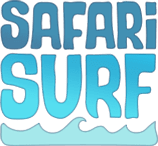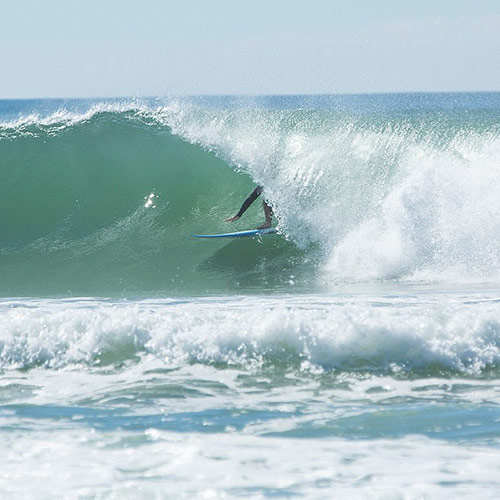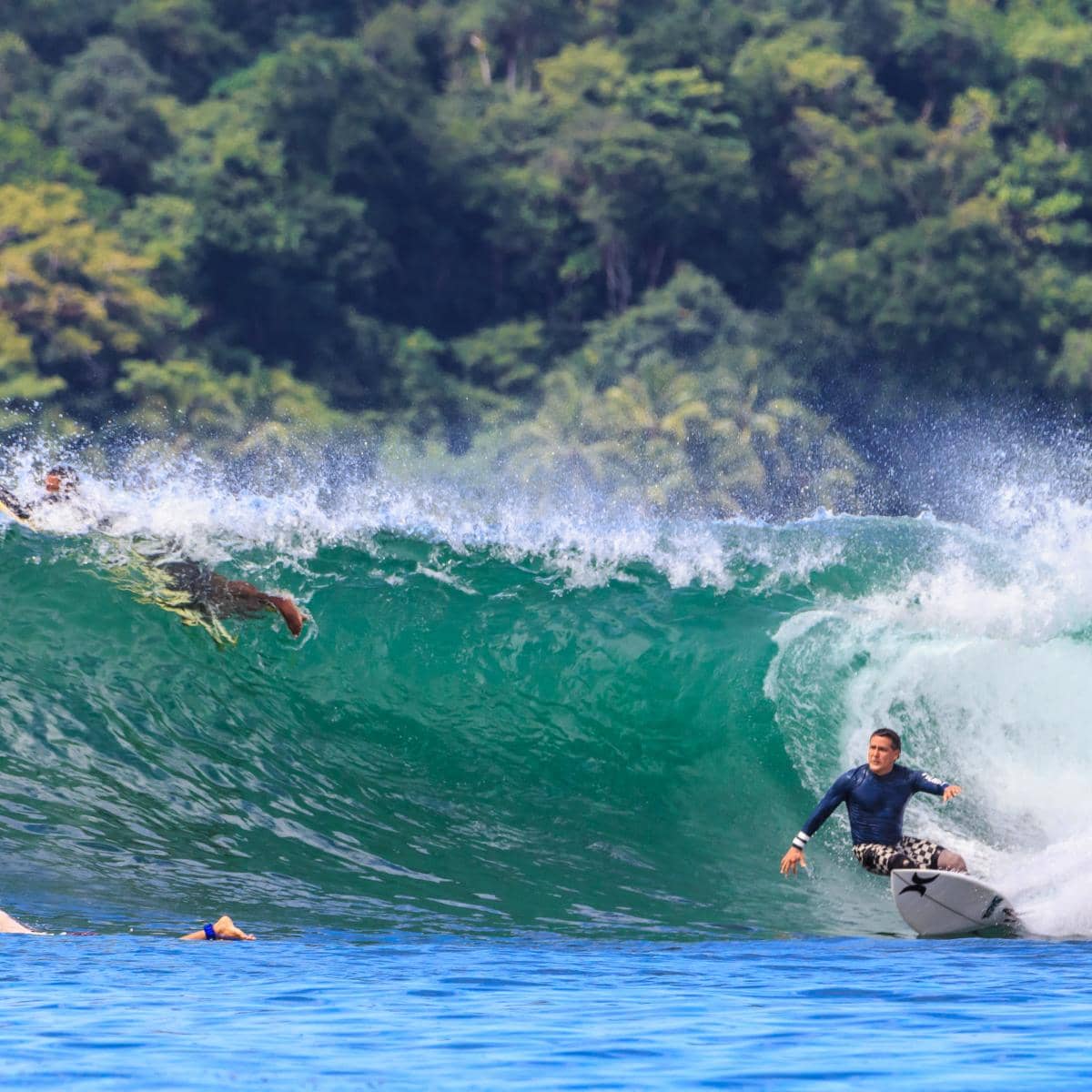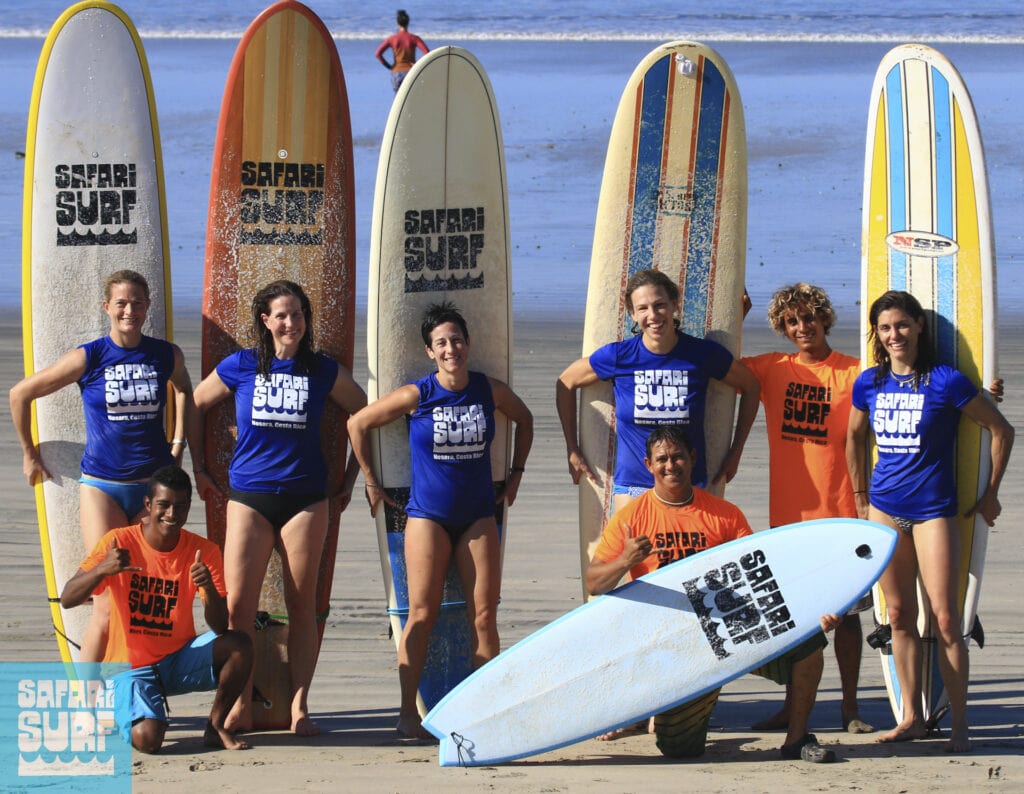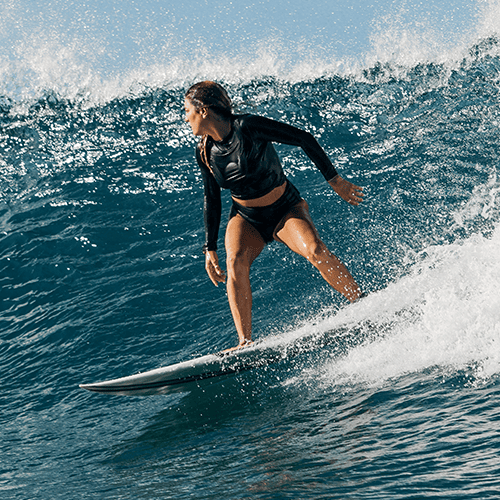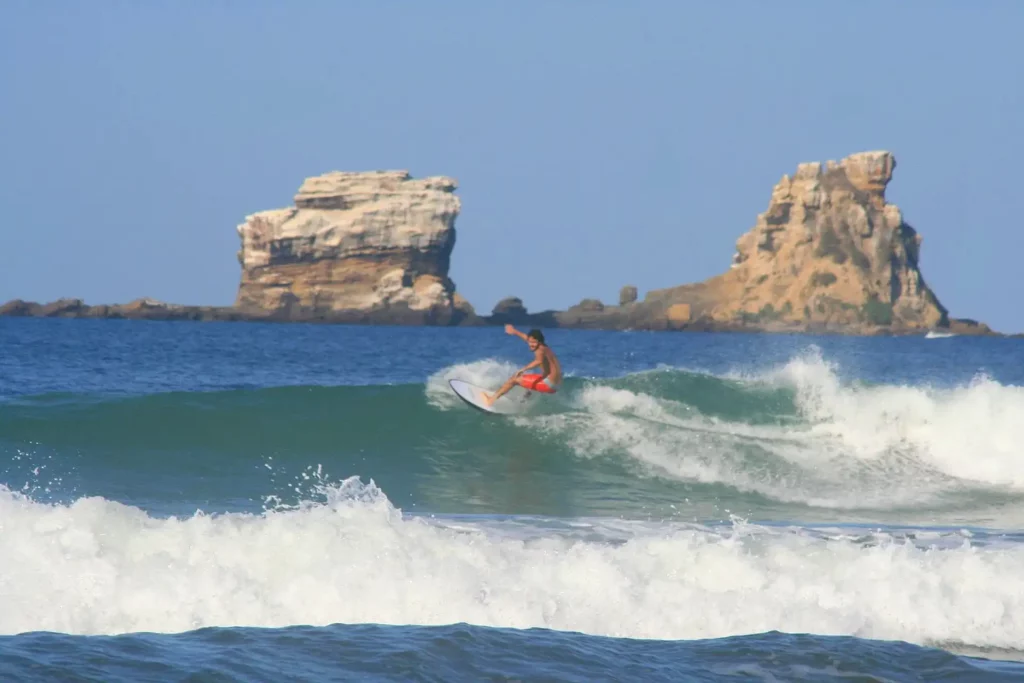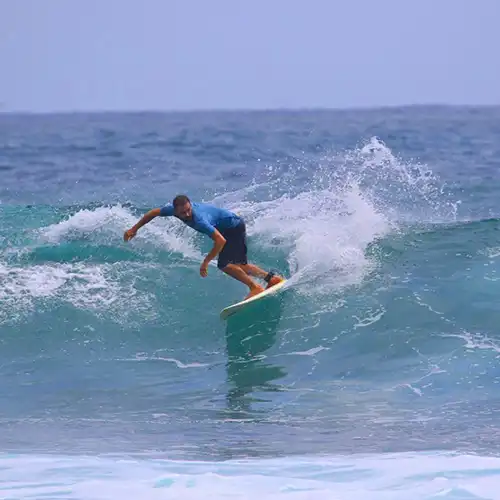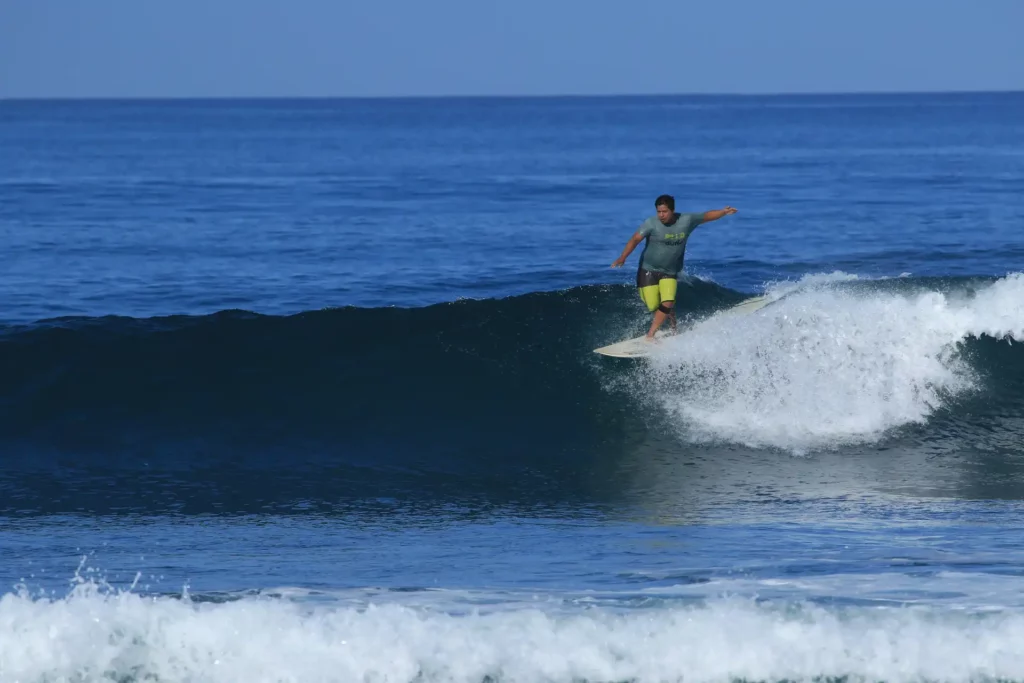Over the years, Costa Rica has become synonymous with surfing and surf travel. Like Hawaii and other famed surf destinations, the reputation of Costa Rica’s waves is far-reaching. If you tell friends or family you’re traveling to Costa Rica, they’ll likely ask if you plan to surf or take surf lessons. While surfers first arrived in Costa Rica searching for waves in the 1960s, the sport didn’t take off in the country until decades later. Movies like The Endless Summer II popularized Costa Rica’s iconic waves and introduced the world to a country with year-round swell, warm water, and too many world-class waves to count. If you’re wondering why so many surfers call Costa Rica paradise, continue reading below for These Waves Put Costa Rica Surfing on the Map.
Our Favorite Wave in Costa Rica Surfing: Playa Guiones
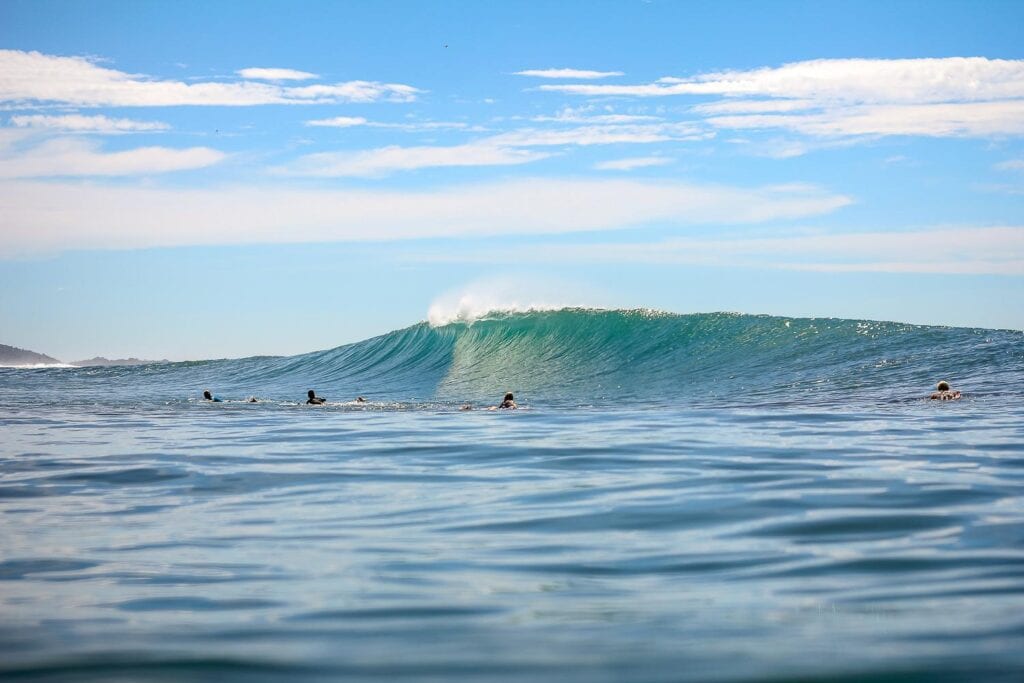
We couldn’t write an article about Costa Rica’s fabled waves without mentioning our home break, Playa Guiones. Located in Northern Costa Rica in the Guanacaste Province, Playa Guiones is a 4.3-mile stretch of sandy perfection. With reliable sandbars scattered up and down the beach, there’s room for surfers of all levels to spread out and make the most of a swell. Playa Guiones faces slightly southwest and works well with a south or southwest swell and an east wind. While Playa Guiones can hold serious size, it’s not a particularly heavy wave. The take-off is easy, and the wave’s face is sloped, making it ideal for progression.
Pavones
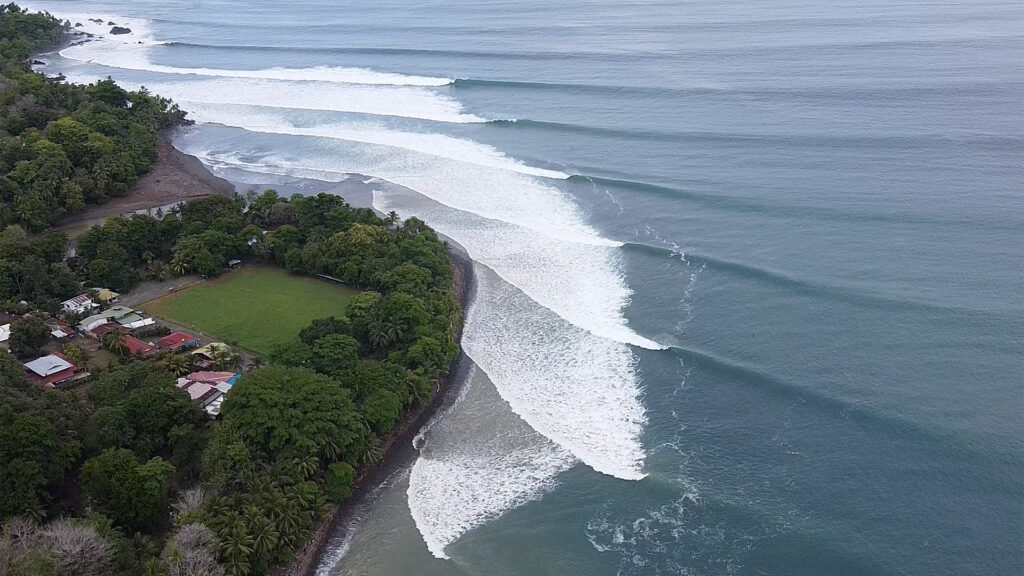
Pavones is one of the longest lefthand point breaks in the world. Located in the Puntarenas province of Southern Costa Rica, Pavones attracts surfers from all over the world. With a proper south swell, the wave at Pavones peels for what feels like an eternity, offering surfers rides up to three minutes long. The wave begins breaking at the river mouth and continues along for several sections. Each section has a distinct personality. Some sections are hollow and speedy, while others are fat and sloping.
Witch’s Rock
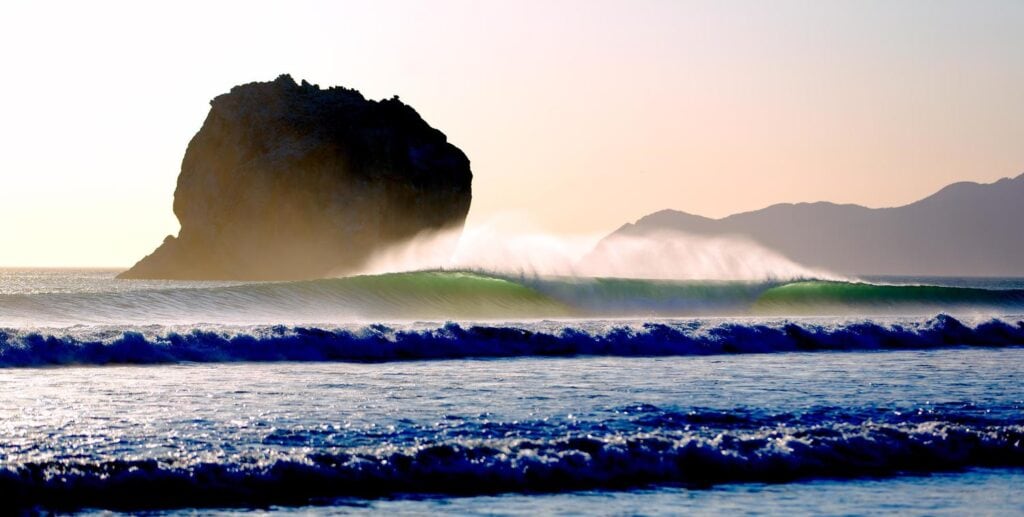
Witch’s Rock, named for the foreboding rock formation that sits just behind the surf lineup, is one of Costa Rica surfing’s most recognizable waves, in part due to Endless Summer II. The Wave is easiest accessed by boat since it breaks in a protected Santa Rosa National Park in Guanacaste. Witch’s Rock is a beach break with a reliable, picture-perfect left and right that breaks in front of the iconic Roca Bruja. There are other peaks along the beach (Playa Naranjo), but none are as perfect as the wave that breaks in front of the rock.
Ollie’s Point
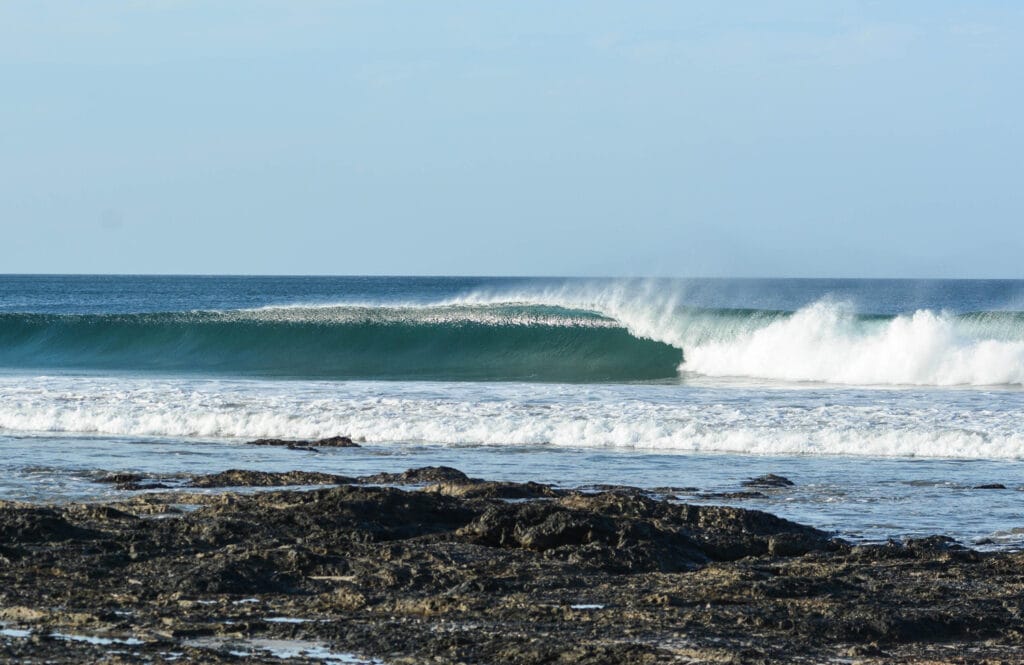
You can’t have a conversation about Costa Rica surfing and leave out Ollie’s Point. Ollie’s Point is located by an abandoned CIA airfield and named for the Notorious US Lt. Col Oliver North, who spearheaded covert military and CIA operations in the Nicaraguan Contra. Like Witch’s Rock, Ollie’s Point is located in Santa Rosa National Park and is best accessed by boat. This rocky point break reels down a jungle-clad coastline mimicking Santa Barbara’s Rincon but without the crowds. This famed right-hander takes a massive southwest swell to break into true form, but when it does it’s well worth traveling halfway around the planet to surf.
Salsa Brava
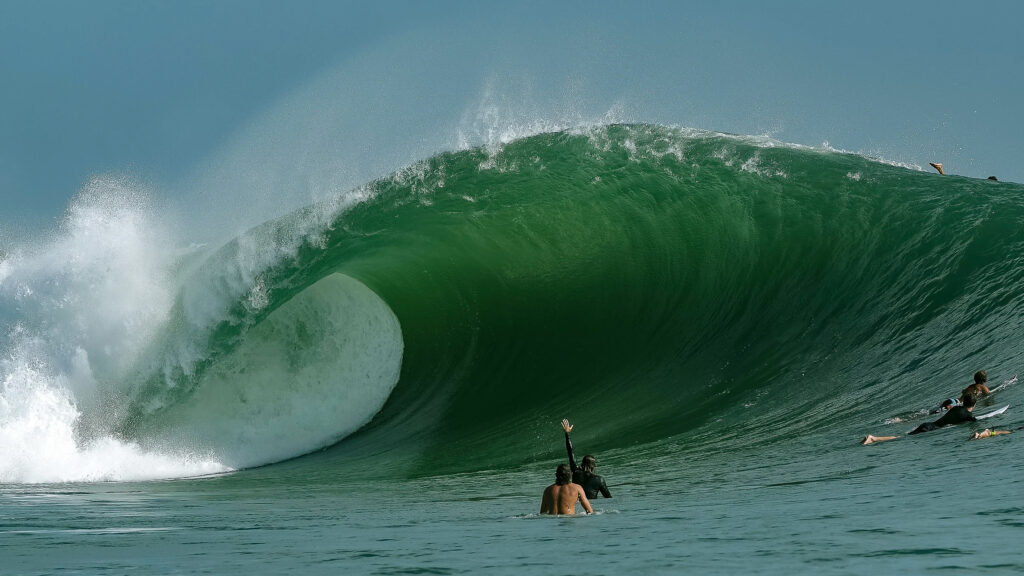
Located on Costa Rica’s Caribbean Coast, Salsa Brava is a fearsome reef break with a reputation for breaking boards and manning surfers. Salsa Brava breaks during the winter with a solid north, northeast, or east-by-northeast swell. Salsa Brava is easily Costa Rica surfing’s heaviest wave. This hollow, thick-lipped wave breaks over a shallow reef shelf. If you stick the steep drop and pull in, you’ll score the barrel of your life. If you miss it, you may take one of the worst beatings a wave can dish out.
If you’re considering taking a surf trip, head to the best surf school in Central America to get the most out of your Costa Rica surfing experience. Head to our website to book today!

